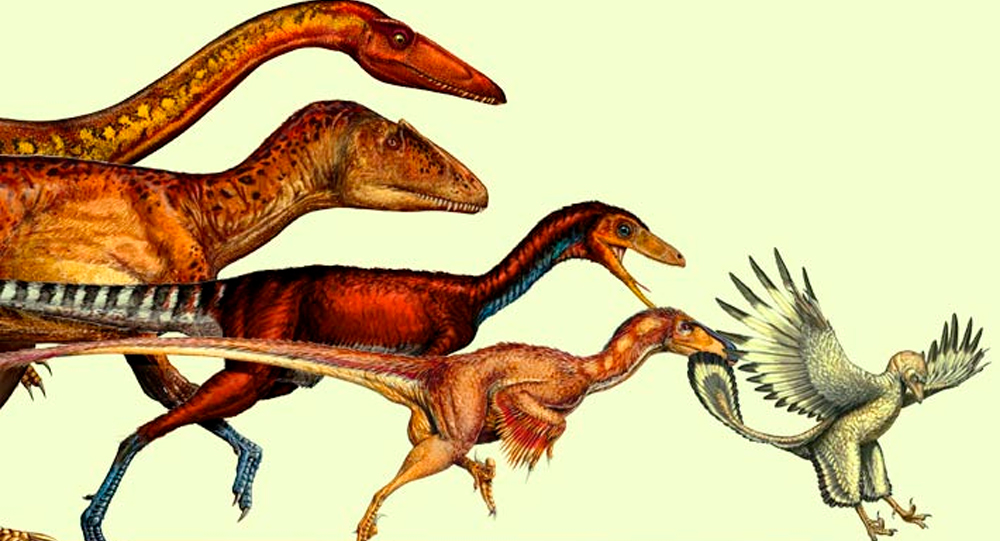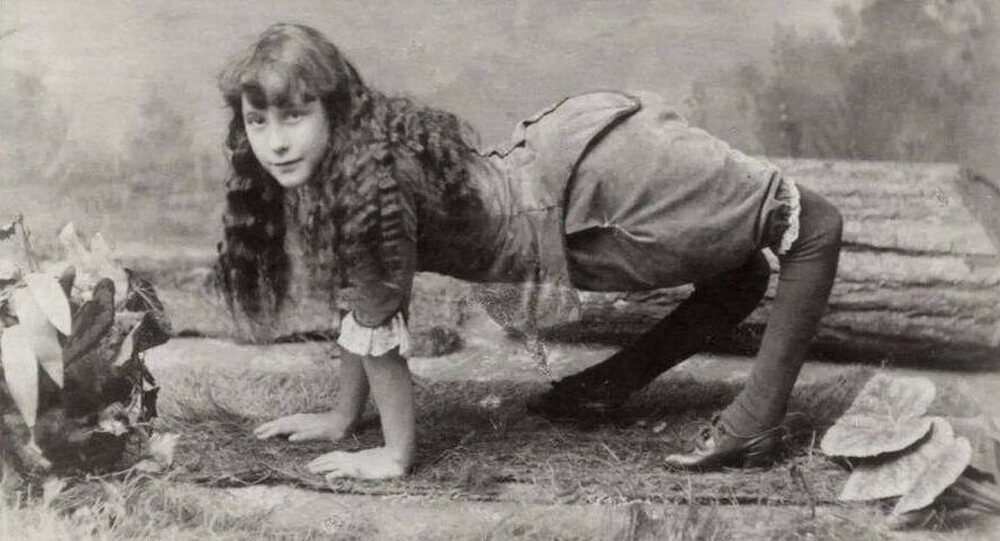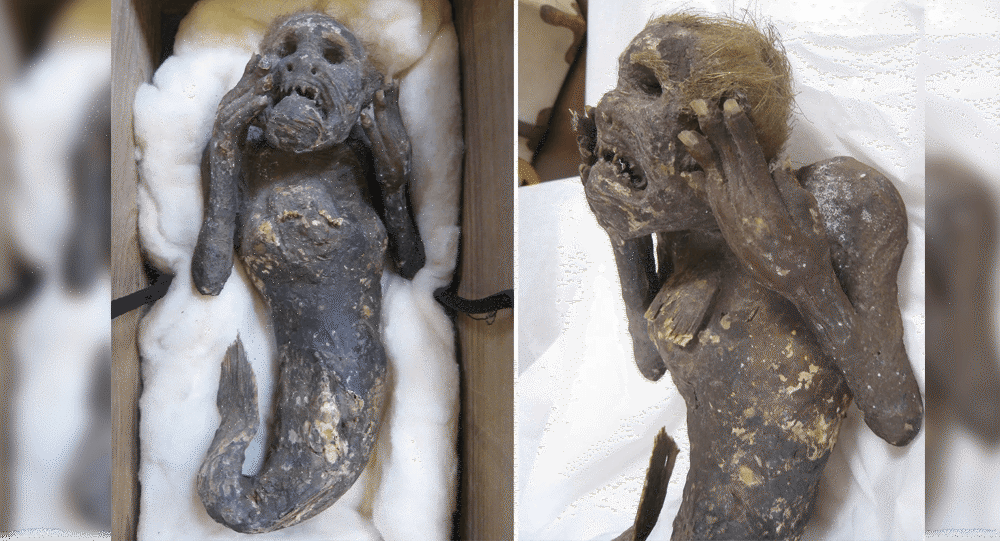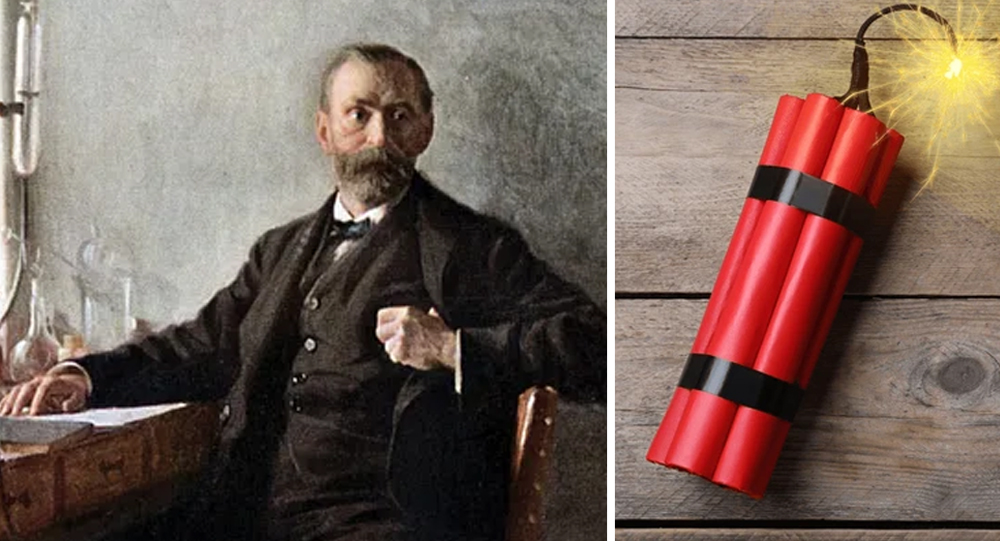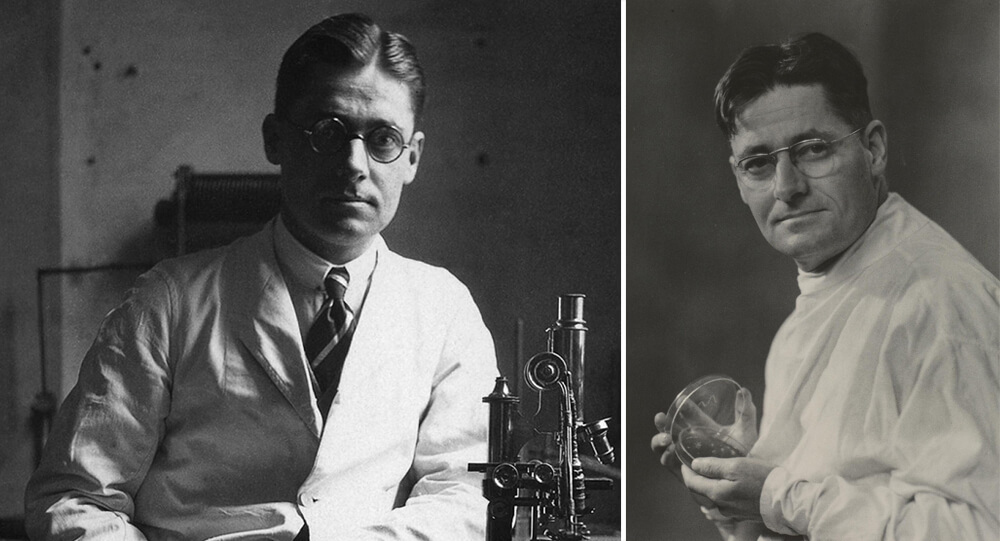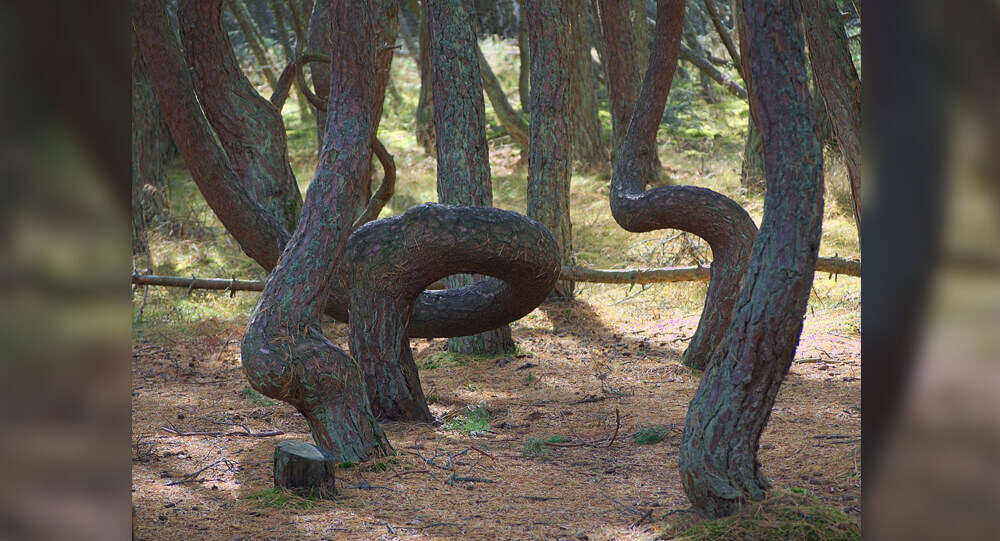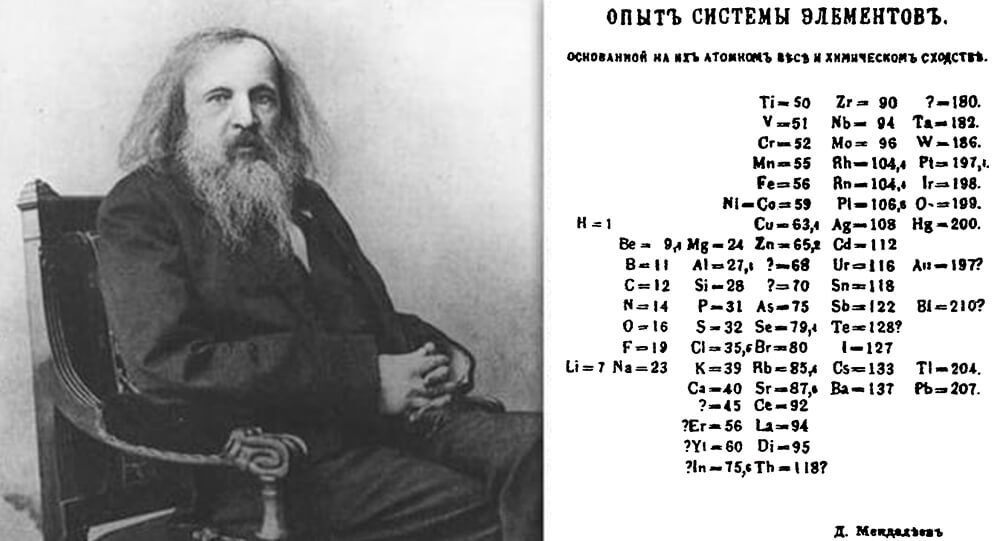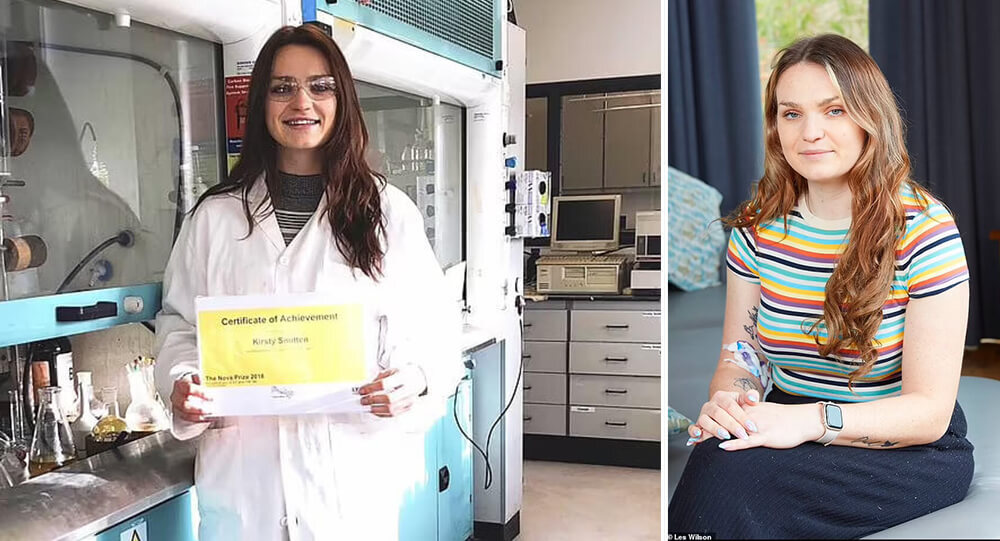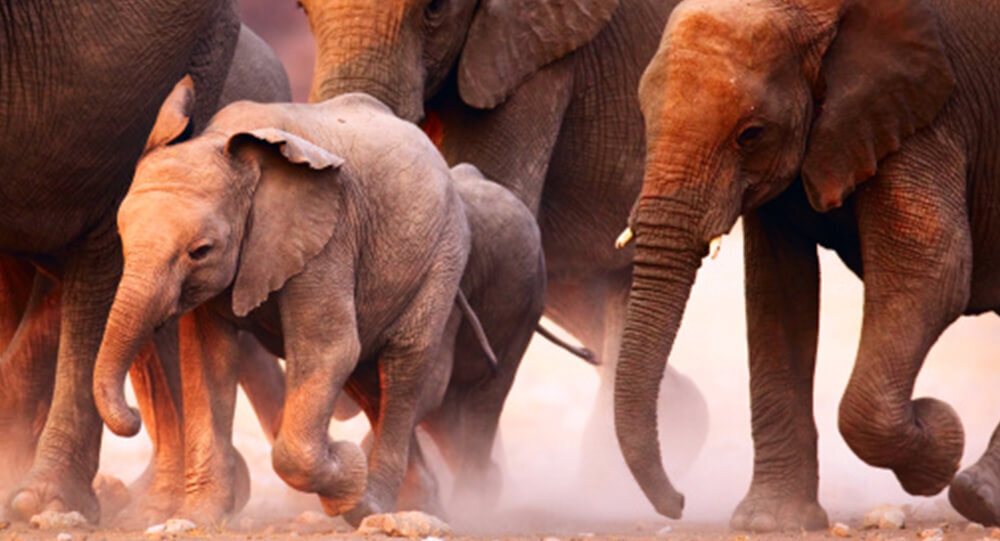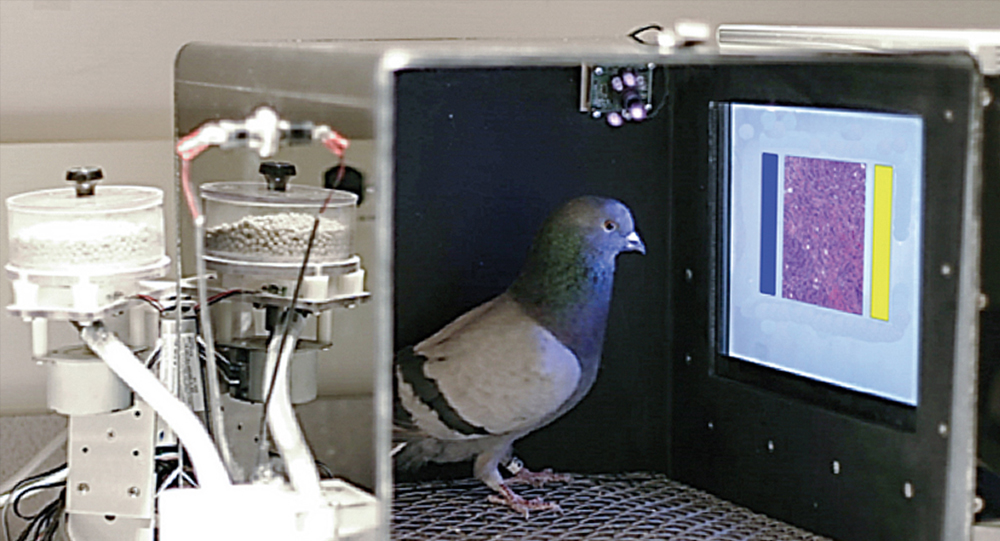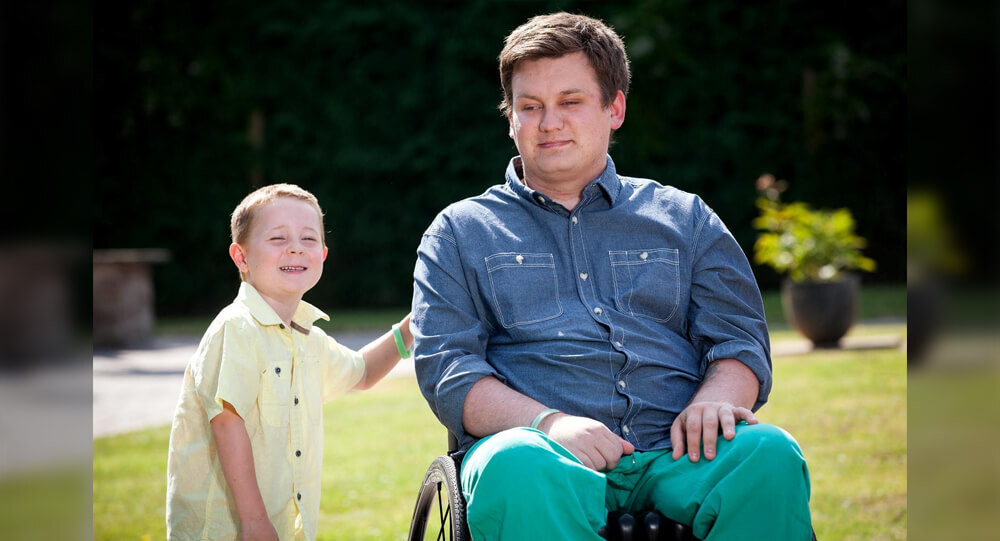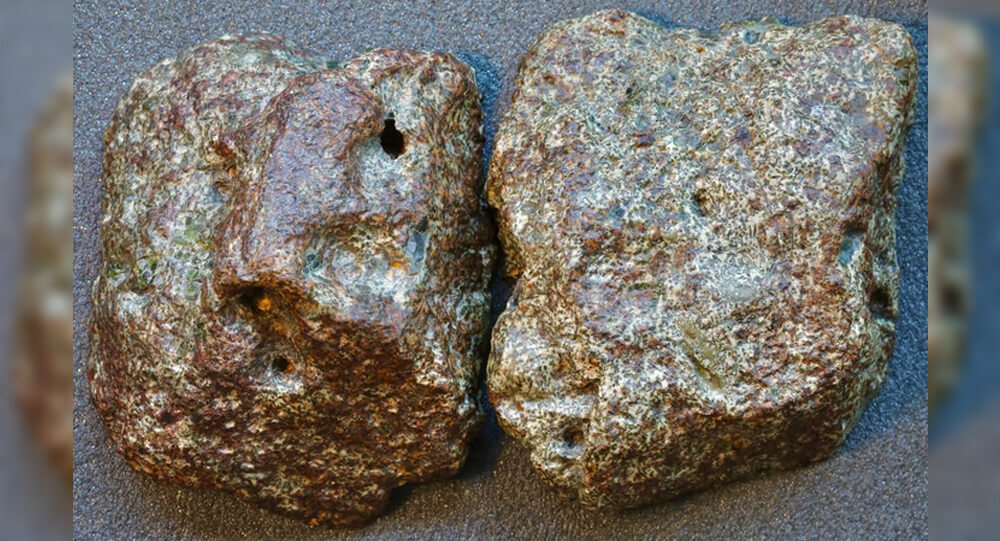

Scientist injects himself with 3.5m yr old bacteria for immortality and amazing happens
Russian scientist Dr. Sergei Brouchkov has been researching a type of bacteria called “Bacillus F” or “Bacillus F sp. 3G-1.” One of the oldest living things on Earth, this bacteria was found in Siberian frozen soil and was separated from it. Its age is thought to be around 3.5 million years.
In order to comprehend how Bacillus F has been able to endure for so long in such harsh conditions, Brouchkov and his team have been researching the organism. They have discovered that the bacterium can repair its DNA more successfully than other bacterial strains, which may explain why it can survive for such a long time.
There has also been considerable conjecture regarding the potential uses of Bacillus F in industries like biotechnology and medicine. For instance, Brouchkov has proposed that the bacterium’s capacity for DNA repair may help to shield people against age-related disorders.
It is crucial to remember that these hypothetical applications are still speculative and would necessitate more study to be completely comprehended. Concerns exist over the potential hazards of dealing with such a prehistoric organism as well as the possibility of incorrect interpretation of the research findings.
What is Bacillus Genus and Bacillus F?
Bacillus F is a common name used to refer to a specific strain of bacteria known as “Bacillus F sp. 3G-1,” not a specific strain or species of bacteria. Russian scientist Sergei Brouchkov and his team have investigated this strain of bacteria extensively after isolating it from Siberian permafrost soil.
On the other hand, the genus of bacteria known as Bacillus contains a wide variety of species. Endospores, which are incredibly resilient structures that can endure in adverse environmental circumstances, are characteristic of the Bacillus genus. There are many different habitats where Bacillus species can be found, including soil, water, and animal gastrointestinal tracts.
While Bacillus F is a specific strain of bacteria within the Bacillus genus, it is important to note that there is significant diversity within the Bacillus genus. Different species of Bacillus can vary in terms of their physiology, morphology, and ecology. For example, Bacillus anthracis is a pathogenic species that causes anthrax in humans and animals, while Bacillus subtilis is a non-pathogenic species that is commonly used as a model organism in molecular biology and genetics research.
In summary, Bacillus F refers to a specific strain of bacteria within the Bacillus genus, while the Bacillus genus as a whole includes many different species of bacteria with diverse characteristics and ecological niches.
Injecting to himself
A weird claim involving ancient microorganisms with immortality has been made by a Russian scientist in his search for immortality.
According to the Huffington Post, scientist Anatoli Brouchkov, who gave himself an injection of bacteria that is 3.5 million years old, claims that doing so has allowed him to work longer and stay healthy for the past two years.
He is the director of Moscow State University’s Geocryology Department.
In an effort to unearth the secret to perpetual life, the head offered himself up as a test subject for the contentious experiment.
Brouchkov reportedly told The Siberian Times, “I started to work longer, I have never had the flu for the last two years,” as reported by Huffington Post.
“I cannot accurately describe the effects because it wasn’t quite a scientific experiment,” he added.
Obviously, such tests need to be conducted in the clinic, with the necessary equipment and statistics. “Perhaps there were some side effects, but there should be some particular medical equipment to recognize them.
“Then we could explain each effect clearly.”
Even while scientists are getting more and more interested in the search for eternal life, Brouchkov’s approaches are clearly divisive.
Researchers are trying to understand how the genes in the Bacillus F bacteria, which was found to be thriving in the Siberian permafrost in 2009, increase longevity.
Until now, studies on fruit flies and mice have demonstrated reported benefits, such as assisting old female mice who are past the age of reproduction in producing progeny.
The local population, the Yakut people, in fact, have been ingesting these cells with water for a long time and even appear to live longer than some other nations, so there was no danger for me. Moreover, the permafrost is thawing, and I suppose these bacteria get into the environment, into the water.
He does, however, acknowledge that his unconventional strategy would require appropriate clinical trials to track any potential negative effects.
Of course, in order to accurately describe all the impacts, such tests would need to be carried out in a clinic using specialized tools and statistical analysis.

The Evolution of Flight: From Dinosaurs to Birds – A Journey Through Time and Science
Flight is one of nature’s most remarkable adaptations, but its origins trace back millions of years before modern birds took to the skies. Emerging from theropod dinosaurs during the Jurassic period, birds evolved feathers, wings, and lightweight bodies that enabled powered flight. This detailed narrative explores the fascinating evolutionary path from ground-dwelling dinosaurs to the aerial masters of today, blending science, intriguing fossil finds, and surprising trivia about our feathered ancestors.

The Heartbreaking Story Of Ella Harper, The ‘Camel Girl’
Ella Harper, Professionally known as the “Camel Girl” was born with a rare orthopedic condition that cased her knee to bend backward. Due to this condition, had to walked on all four legs, which resulted in her nickname as “Camel Girl”. Tough it was hard at first, but soon she made a fortune out of it.

The touching story of David Vetter (bubble boy), the 'boy who lived in a bubble
David Vetter lived his whole 12 years in sterile “bubble”. He was “outside” for 20 second after being removed from his mother’s womb. He never touched any human.

Megamouth Shark And Her Babies Found Dead In The Philippines
Filipino zoologists have recorded a pregnant megamouth shark for the first time ever since the rare aquatic specie was discovered in 1974.

Mystery of 300-year-old mummified mermaid is being probed
There is a 300-year-old mummified mermaid with 30 centimetres tall and features a human-like head, two hands with what appear to be fingernails, and its lower body that look like a fish tail. The “mermaid mummy” is being probed by Japanese scientists in an attempt to unravel the mystery of its existence.

The story of Lionel the Lion-Faced Man, Stephan Bibrowski
Stephen Bibrowski, also known as Lionel the Lion-faced Man, was a well-known sideshow entertainer. His entire body was covered in long hair, giving him the appearance of a lion; this was most likely due to a rare condition known as hypertrichosis. Lionel traveled to the United States in 1901 and began performing with the Barnum and Bailey Circus.

What makes bananas radioactive?
Yes, It is true that bananas contain radioactive substances. But the same can be said for spinach, potatoes, oranges, Brazil nuts, kitten litter, granite counter tops, even the air you breathe! Radioactivity is unavoidable and all around us. So, what exactly is it?

The Mystery of the Darvaza Gas Crater: A 50-Year Inferno
Scientists lit a hole filled with natural gas on Fire in 1971, expecting it would burn only for few days. The hole has been burning for the past 48 years & is called "The Door To Hell".

How a Headache Cure Experiment Led to the Invention of Dynamite
Alfred Nobel discovered dynamite while experimenting with nitroglycerin, a volatile liquid he also took in tiny doses for headaches. Ironically, the explosive that made him wealthy and feared also eased pain—later inspiring his legacy as founder of the Nobel Prizes.

The Unique Grana Double Tree of Piedmont, Italy
The “Grana Double Tree” in Piedmont, Italy is a highly unusual tree, which consists of a cherry tree growing atop a mulberry tree. It is essentially a two-species, two-tiered hybrid duplex.

Why are there 24 hours in a day and 60 minutes in an hour
Ancient Babylonians did math in base 60 instead of base 10. That's why we have 60 seconds in a minute and 360 degrees in a circle.

How did Howard Florey discover penicillin
Penicillin was discovered by Alexander Fleming, but he never attempted to turn it into an antibiotic. It wasn't until ten years later that Howard Florey discovered Fleming's obscure paper and understood the mold's potential. Up to 200 million lives may have been saved as a result of Florey's work.

The Mystery of the Dancing Forest: Reasons behind the unusual wonders of forest
The Dancing Forest in Russia is noted for its unusually twisted pine trees. The trunks of these trees are contorted into spirals, rings, and other squiggly loops, but the reason for this malformation is still a mystery.

The Mystery of Canada's Magical Spotted Lake
Lake Khiluk, the world's most mineralized lake, and one of the most mysterious places on Earth. Each of these spots has a distinct chemical content and is said to cure various diseases.

George Dantzig solved two famous “unsolved” problems in statistics mistakenly as assignment
In 1939, George Dantzig arrived late to his statistics class. On the board were two famous “unsolved” problems in statistics written as an example by his professor. Dantzig mistook the examples for homework assignments. He solved the “unsolved” problems and submitted the homework to his professor a few days later. His solutions earned him a doctorate.

How Dmitri Mendeleev Developed the periodic table of the elements
1850 Dmitri Mendeleev walked almost a thousand miles to Moscow so he could apply for the University of Moscow. Although he was not accepted, he walked to St. Petersburg where he was accepted, And with that education, he developed the the periodic table of the elements

The Accidental Birth of Super Glue: Dr. Harry Coover's WWII Discovery
Dr. Harry Coover was trying to develop clear plastic for gun sights during WWII when he accidentally created cyanoacrylate, an extremely strong adhesive. Initially dismissed, it was later marketed as Super Glue in the 1950s.

A 28-year-old scientist could win a Nobel Prize for creating new class of antibiotics
A 28-year-old scientist could receive the Nobel Prize for developing a new class of antibiotics that fight drug-resistant bacteria, but she only has months to live after being diagnosed with incurable heart cancer, and she says "There aren't words to express how sad I feel' about not seeing award."

Earthquakes: Can Animals Really Predict Them?
In 1975, when officials in the Chinese city of Haicheng were alarmed by odd and anxious behaviors of dogs and other animals. These observations led them to order 90,000 residents to evacuate the city. Only a few hours later a 7.3 magnitude earthquake destroyed nearly 90% of the city’s buildings.

The Science Behind Pigeons in Cancer Detection and What It Means for Medicine
In a groundbreaking study, researchers have discovered that pigeons can be trained to distinguish between cancerous and non-cancerous tissues in medical images with accuracy rivaling that of human experts. This surprising capability opens new avenues for understanding visual perception and has potential implications for improving diagnostic tools in medicine. Here is the fascinating science behind pigeons’ ability to spot cancer and what it signifies for the future of medical imaging.

Man gave his stem cell fund to a disabled boy
Dan Black, who was paralyzed in a bike accident, spent four years raising 20,000 for a stem cell treatment that could let him walk again. However, after learning about a five-year-old boy with cerebral palsy, he donated the funds for the boy's medical treatment in order to enable him to take his first steps.

Man discovers he has 3 kidneys after going to doctor for severe back pain
In 2020, a 38-year-old Brazilian man visited his doctor for severe back pain and was shocked to find out that he has three kidneys instead of just two.

Meteorite found in Sahara Desert older than the earth
This Sahara Desert Meteorite was discovered to be older than the earth itself. This Meteorite is estimated to be 4.6 billion years old, while earth is estimated to be 4.54 billion years old.

The extraordinary case of Olivia Farnsworth, who hit by a car and dragged down the street without pain because of chromosome 6 deletion
In 2016, 7-year-old Olivia Farnsworth was hit by a car and dragged down the street, but she did not feel a thing. That is because of a rare condition called “chromosome 6 deletion,” which causes her to feel no pain. She also does not experience hunger or exhaustion.

Dr. Leonid Rogozov: the surgeon who removed his own appendix.
Dr. Leonid Rogozov was a legendary surgeon who operated on himself in 1961 to remove an inflamed appendix.
